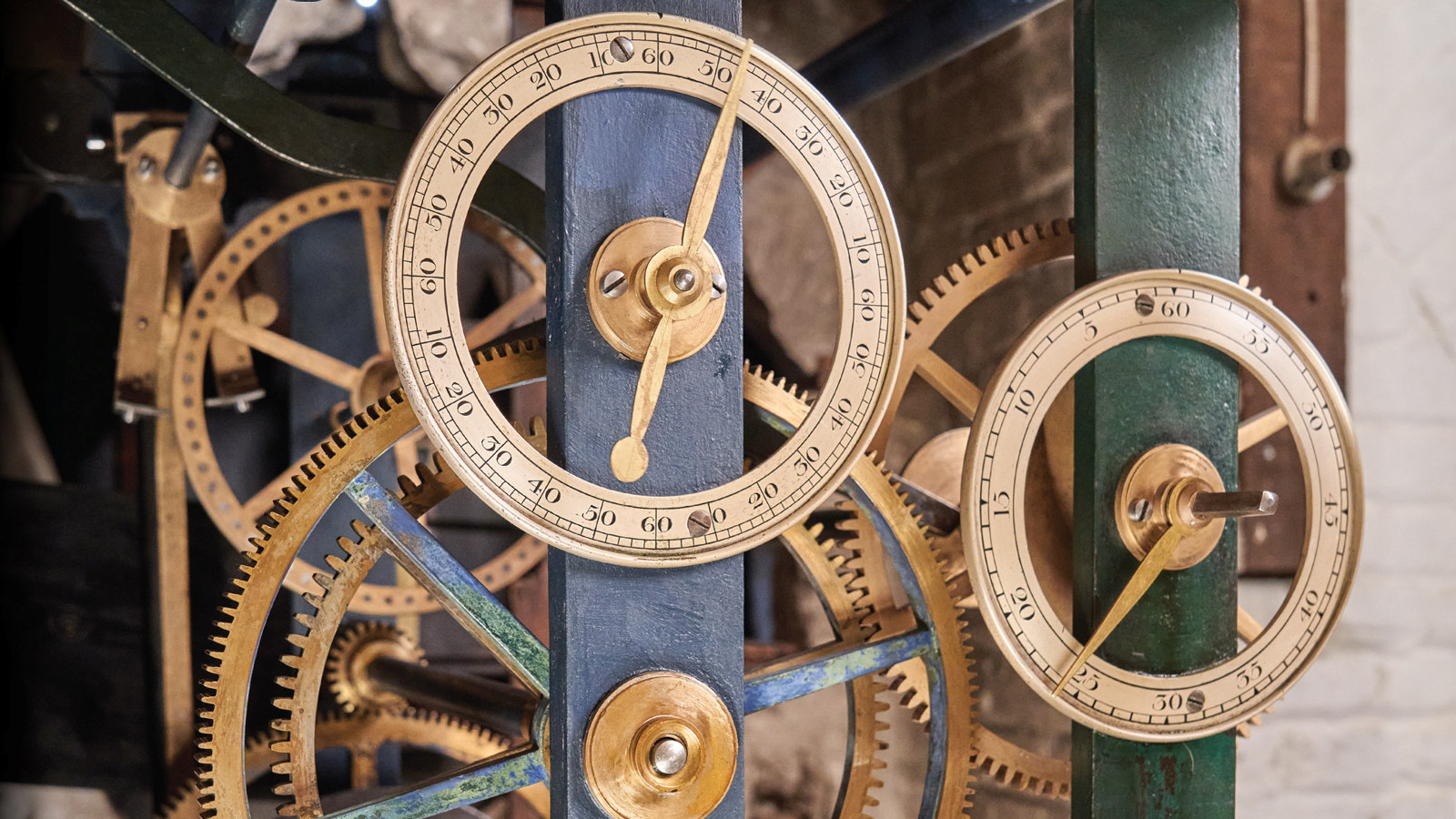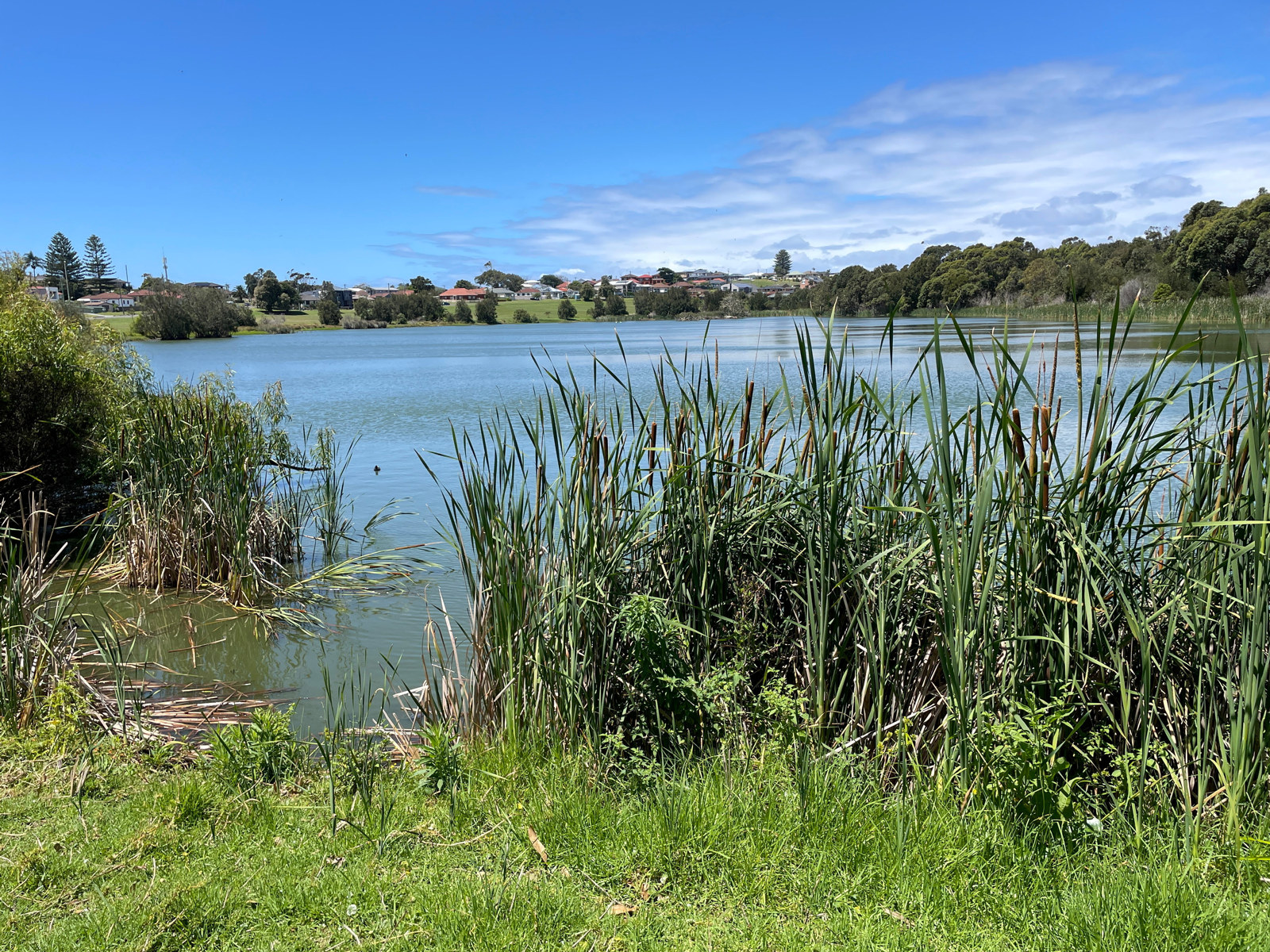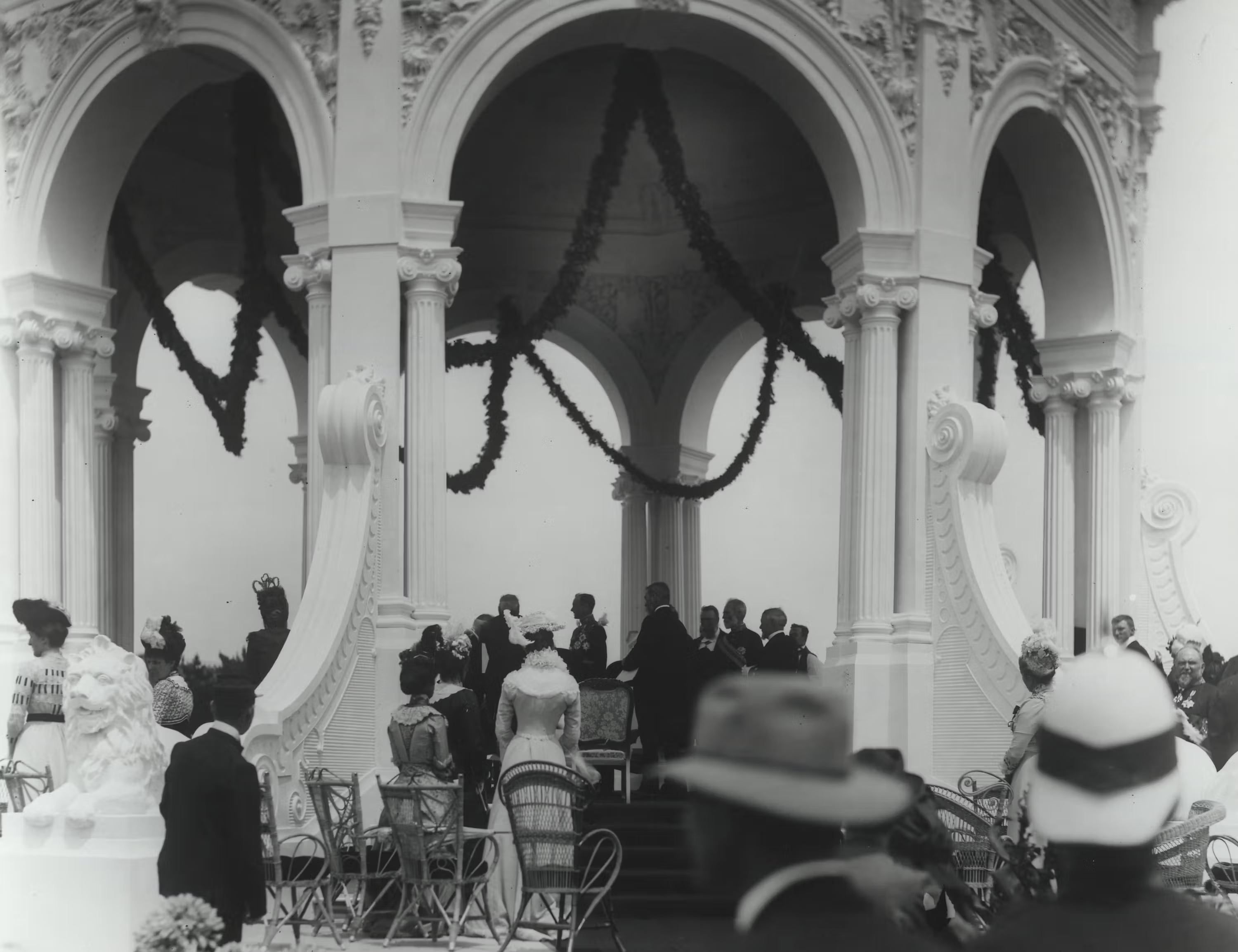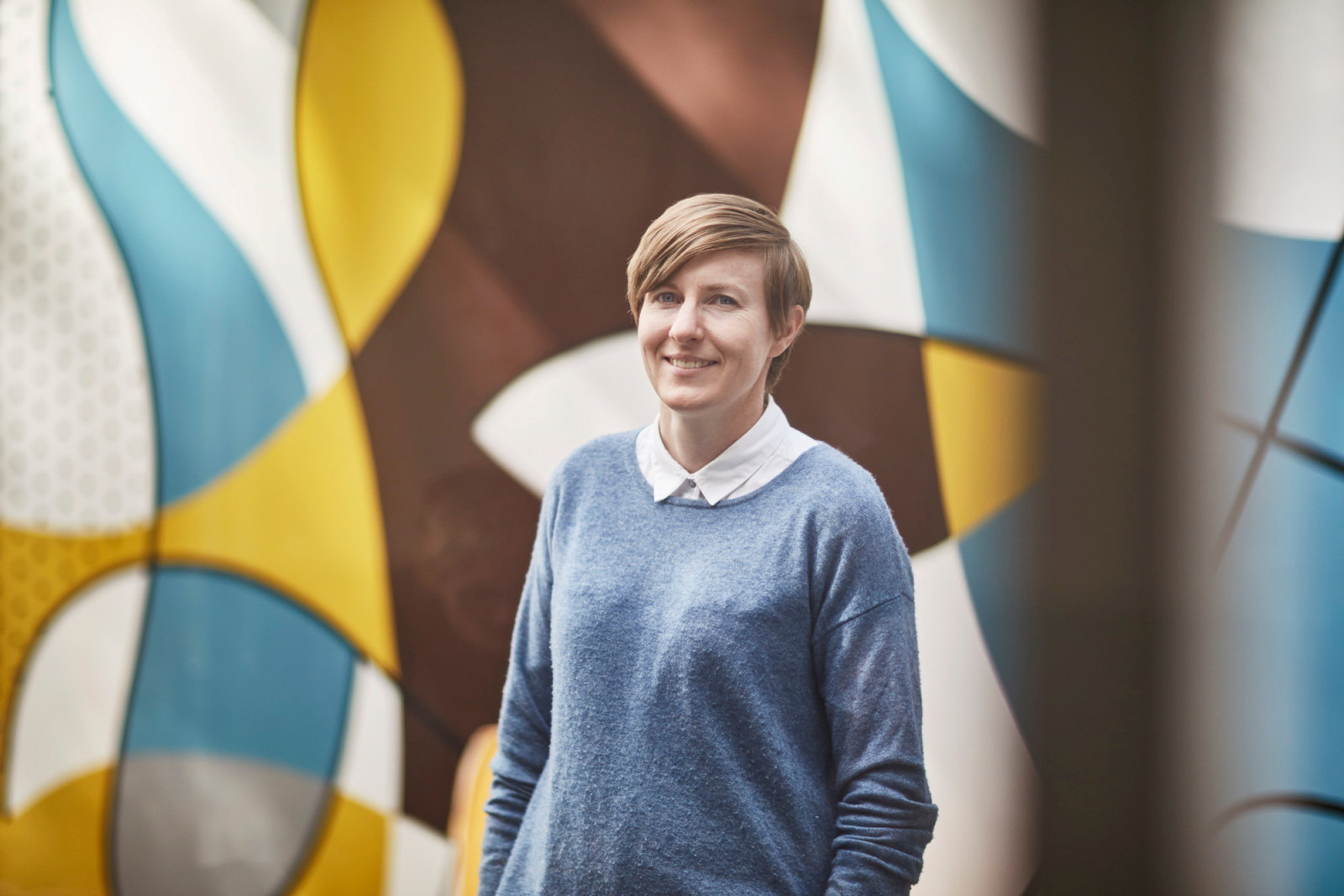Charles Phillips, keeper of government clocks
Research into the story of a convict uniquely qualified to care for the important Hyde Park Barracks clock continues to yield intriguing insights – and raise more questions.
When the Hyde Park Barracks was being constructed in 1819, a clock built by convict clockmaker James Oatley was installed in its facade. For many years, this clock was one of only two public timepieces in Sydney Town, and played a crucial role in the supervision and control of convicts. Along with the older clock in St Philip’s church, built in 1810, it dictated the structure of the day for convicts and free people alike.
By the early 1830s, complaints written to newspapers suggest that the scarcity of public clocks had become a major problem, as had the seeming impossibility of synchronising the two. Very few people in the colony had the skills to care for the large mechanisms, or for the smaller mantle and longcase clocks found in government offices. From 1822, the position of Superintendent of Government Clocks was held by a number of experienced free clockmakers, but their ability to maintain the colony’s clocks was regularly criticised.
Our correspondent, Punctual, complains of the constant disagreement between the two town clocks … in fact, it is a common answer to the question “What o’clock is it?” “By the Church it is so and so, but by the Barracks it is so and so.” … We hope greater care will be taken to keep both clocks in one story.
The Sydney Gazette and New South Wales Advertiser, 29 April 1830
A new arrival
Charles Phillips, aged 30, from Worcestershire, arrived in the colony on 31 August 1836 aboard the Moffatt, along with 398 other convicts. His convict indent identifies him as a clockmaker, and his arrival seems to have presented the government with an opportunity to make use of a highly skilled convict to maintain the range of clocks that they owned.
Initially, Phillips was housed at the Hyde Park Barracks and assigned to Richard Johnson, the Superintendent of Government Clocks. In August 1838, however, Johnson’s role, with its annual salary of £120, was abolished. It was replaced by a new position, Keeper of Government Clocks, a convict role to be paid £31 18s 9p a year. Phillips was appointed to the position.
The greatly reduced salary that could be offered to a convict meant savings for the colonial government. For Phillips, this role brought some freedoms, such as travel to Parramatta and South Head to attend to the Female Factory clock and the Macquarie Lighthouse mechanism, and visits to government offices to attend to smaller clocks. Phillips’s experience was very different from that of many of his fellow Barracks convicts who performed demanding physical work.
Stealing time
The circumstances around Phillips’s transportation to NSW are intriguing. Trial records from London’s Central Criminal Court, the Old Bailey, show that he was convicted of stealing four clocks worth £80 from the dwelling house of clockmaker Benjamin Lewis Vulliamy, his master. Vulliamy gave evidence at the trial in February 1836, stating that he’d employed Phillips for seven years and had always thought him a trustworthy man. Phillips was found guilty and sentenced to transportation for life.
The convict indent in our State Archives collection, however, tells a different story. There, Phillips’s crime is listed as ‘unlawfully pledging’ (that is, pawning stolen goods), and his sentence as 14 years1.1 If this was simply a clerical error, the benefit for Phillips was considerable – a shorter official sentence allowed him to apply for a ticket of leave two years earlier than he could have with a life sentence. But could there be another reason for the discrepancies, such as a good word put in for Phillips?
Paving the way
Records in The National Archives UK reveal that not long after his sentencing, in March 1836, Phillips wrote a petition to the Principal Secretary of State for the Home Department pleading for leniency based on his good character and the fact that his wife was expecting their third child. Filed with the petition is another letter, from B L Vulliamy to the Under-Secretary of State for the Home Department, Fox Maule-Ramsay. In it, Vulliamy references a private letter to be forwarded to the governor of NSW. This letter has not yet been found, so its contents remain a mystery; however, Vulliamy finishes his note to Maule-Ramsay by stating: ‘I am anxious the man should be employed because I am persuaded he will put up the Clocks to the best advantage’.2
We can’t know for sure which are the clocks referred to in Vulliamy’s letter, but we do know that at some stage in the late 1830s the original mechanism in the Hyde Park Barracks clock was replaced with a powerful new mechanism built by the same B L Vulliamy.
Whether Phillips took charge of the installation of the new mechanism or was simply responsible for its later care, he must have been poignantly reminded of his former life in Vulliamy’s London workshop every week when he climbed the wooden stairs behind the Barracks clock to wind the mechanism and regulate the time for the people of Sydney.
A disgruntled employee
By the end of 1843, as part of an attempt to cut government spending, Phillips’s salary had been reduced to £12 as he ‘appeared to have at present little or nothing to do’.3 Disgruntled, Phillips penned a lengthy letter to the Colonial Secretary in February 1844 in which he lists the many clocks he had to attend to and how much work they required. In spite of his letter, in December 1844 the role was discontinued altogether, and the care of the clocks put to public tender. But by May 1845 there had been a backflip.
Phillips was reinstated in his role and would now be paid £32; this was deemed a cost saving and must have been seen as a better solution than repeated tendering for the work. Phillips received a conditional pardon in July 1847. He continued in some capacity as government clock keeper until 1850, when he submitted his letter of resignation. After this date, he seemingly disappears from the records.
The next chapter
What does survive of the man is a grand and imposing longcase clock that stands in the common room of St Andrew’s College, the University of Sydney. Proudly engraved across the dial is the manufacturer’s name and location, ‘Phillips Sydney’. It’s likely that Vulliamy’s one-time employee went into private business himself as a clockmaker; however, this is the sole known example of his work. We can only hope that more examples will be found, pointing us towards the direction Phillips’s life may have taken next, and indicating how he made use of his skills as a free man.
Even incomplete, Phillips’s story provides insights into the potential for exploitation of a convict workforce, as well as the possibility of individual reinvention in the colonies.
Notes
1. Annotated printed indents, NRS 12189, X638, pp101–2, NSW State Archives Collection.
2. Benjamin Lewis Vulliamy to Fox Maule, Under-Secretary of State for the Home Department, March 1836, HO_17_38_9, The National Archives of the UK.
3. The Weekly Register of Politics, Facts and General Literature, 7 October 1843, p160.
Related

Conserving Australia’s oldest public clock
On its 200th anniversary, Australia’s oldest surviving public clock received some much-needed conservation and care
Published on
More stories
Browse all
Coomaditchie: The Art of Place
The works of the Coomaditchie artists speak of life in and around the settlement of Coomaditchie, its history, ecology and local Dreaming stories

Coomaditchie: Of place
These works record the extraordinary arc the artists of Coomaditchie have travelled over more than three decades

Coomaditchie: Lagoon stories
These panels detail the ecological life in and around Coomaditchie Lagoon

Celebrating federation
The Commonwealth of Australia was proclaimed on 1 January 1901. The Federation Pavilion in Sydney’s Centennial Park was the focus of the inauguration ceremonies and a five mile procession through the decorated streets of Sydney was greeted by large crowds
